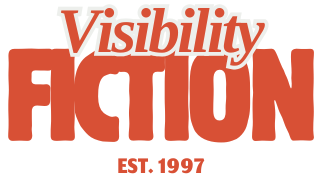Lately, I’ve been realizing that most of my philosophical thoughts arrive not when I’m reading thick, intimidating books, but in the quietest, most ordinary moments—like waiting for water to boil or sitting by a window watching strangers walk by. It’s funny how life keeps offering small invitations to think deeper, if we’re willing to notice them.
This week, the thought that stayed with me was simple: Why do we rush through the very moments we claim to live for? I caught myself scrolling mindlessly, planning the next thing, worrying about things that haven’t even happened yet. And then, suddenly, a small pause—sunlight reflecting off a glass on my table—pulled me back into the present.
It made me realize something: maybe the meaning we’re all searching for isn’t hidden in some grand revelation or dramatic life event. Maybe it’s tucked into the ordinary, waiting for us to slow down.
I’ve also been thinking a lot about how we define “progress.” Society tells us it’s all about moving forward—earning more, achieving more, being more. But sometimes, the bravest kind of progress is stopping, questioning, and allowing space for uncertainty. There’s a strange kind of strength in admitting, “I don’t know,” and sitting with that discomfort instead of running from it.
Another thing I’ve been exploring is the idea of contradictions within ourselves. We want adventure but also security, independence but also connection, freedom but also routine. And instead of forcing a tidy answer, maybe we’re meant to live inside these contradictions—to accept that humans are messy, layered, constantly shifting.
What I love most about digging into these thoughts is that it makes everyday life feel wider, deeper. A walk becomes a meditation. A conversation becomes a mirror. A problem becomes a teacher.
If there’s one thing I’m learning, it’s this: philosophy isn’t about having all the answers. It’s about becoming more awake to the world and to yourself. And in a life full of noise, those small awakenings—those tiny sparks of awareness—might be the closest thing we have to clarity.
